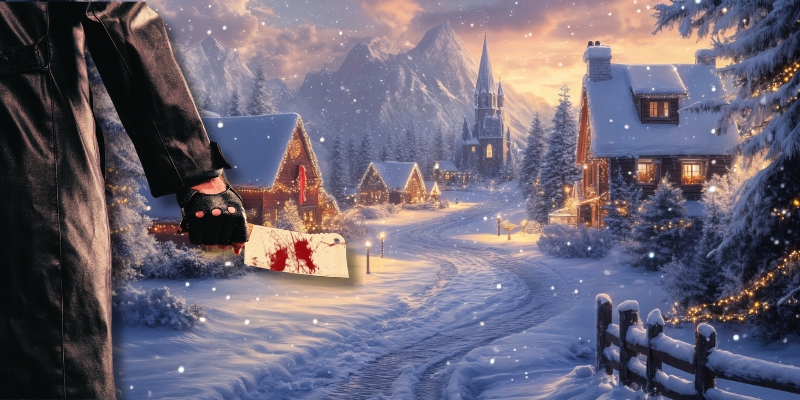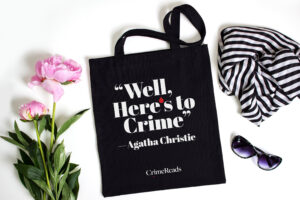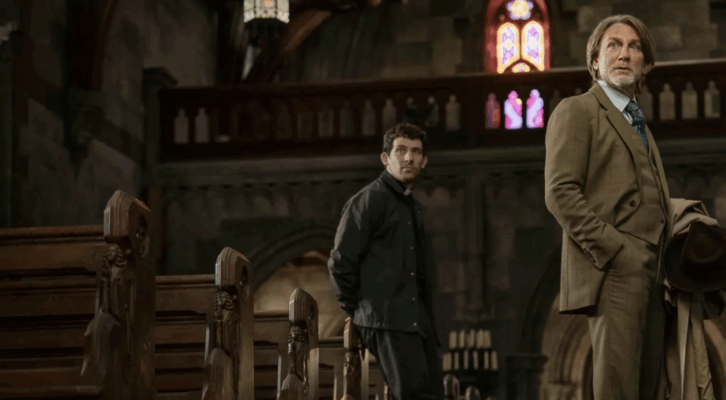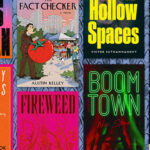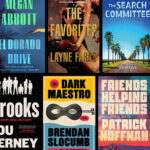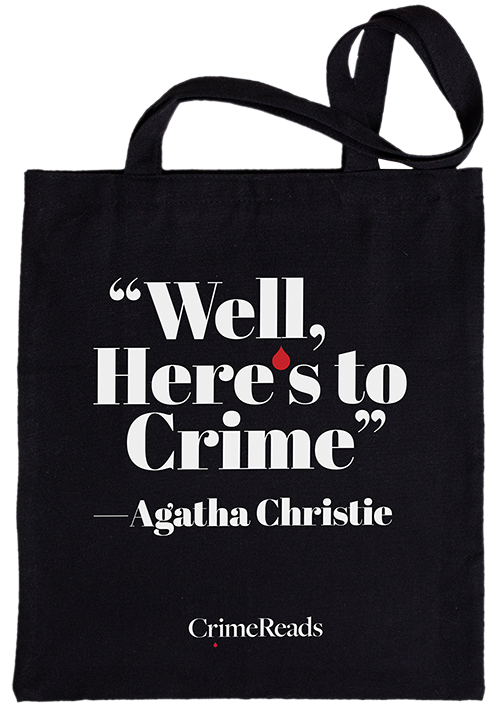Like all the best ideas, my first mystery novel originally started as a joke. I’m a librarian by day, and it was a workplace conversation that raised the question, in jest, that would come to occupy a few years of my life: “How many murders can there possibly be in a single charming village?”
The answer, if you believe mystery novelists, is: a lot. And, just like that, I knew I had to write a book about this—about a charming village (in the English countryside, of course), about a spate of murders, about an amateur sleuth determined to get to the bottom of the case of the ever-multiplying corpses.
And, since my first love is romance novels, I knew this book would be both a mystery and a romance.
The result, And Then There Was The One, is a send-up of classic crime novels, about an amateur lady sleuth and the handsome detective’s assistant who helps her crack the case. I had to come up with a clever mystery and a convincing romantic arc for the characters, but when the time came to actually sit down and write the book that I’d been thinking about for so long, I quickly realized that the most important piece of the puzzle was creating the village itself.
The cozy murder village has a long and glorious tradition in the mystery genre—there’s St. Mary Mead, introduced by Agatha Christie in the very first of her Miss Marple books; Bishop’s Lacey, the home of 1950s girl sleuth Flavia de Luce in Alan Bradley’s charming series; the Cotswold village of Carsely in M.C. Beaton’s Agatha Raisin series; and, of course, on our television screens, a never-ending number of seasons of Midsomer Murders.
The village setting works well for mysteries for a number of reasons: the minor characters are known to each other, and likely to gossip; the murder feels particularly shocking in so unlikely a setting; the charming backdrop prevents the proceedings from feeling too dark and grim for readers.
But to actually create such a village, knowing that it was meant to both be representative of the genre and also a bit of a joke, required some thought.
I decided to set the book in 1930s England, as—while there are plenty of beloved non-English settings for mysteries (think of the Quebec village of Three Pines in Louise Penny’s Inspector Gamache series, for example)—there are so many famous English mysteries, and the Golden Age of crime novels is so synonymous with English authors like Christie and Sayers, this felt like the perfect era to use to poke fun at the genre.
I selected the Cotswolds, specifically, as it is a particularly quaint and chocolate box region of England—the England that lives in Americans’ imaginations—and then settled on a name that was faintly ridiculous but didn’t quite tip the scales into overt farce: Buncombe-upon-Woolly.
The process of bringing the village to life was a fun challenge—how did I make the setting feel fully realized, useful to the plot, and a bit of a playful wink to readers, all at once? The answer, ultimately, was to create the set pieces I needed, but to have fun with them.
The tea shop and pub I wanted the characters to use for meetings would have silly names (The Scrumptious Scone and The Shorn Sheep, respectively). The village library, complete with its stereotypical cardigan-wearing librarian and its mystery-reading book club, would also involve an important clue that the sleuths would uncover late in the book. T
he cheese shop would be the site of one of the murders. The charming ivy-covered buildings would prove a draw for voracious murder tourists (themselves a bit of a spoof of true-crime enthusiasts), who would then become mixed up in the case.
And there was a sheep that would live on the village green, because what is an English village without a rogue sheep? (The sheep is irrelevant to the mystery, but I couldn’t resist.)
I live in England now, but as an American, I spent my childhood an ocean away dreaming of an England that existed only in my imagination and on the pages of the books I read.
It is that imaginary England that I wanted to conjure in creating the murder village of my dreams: a place so ludicrously adorable, so quaint, so charming that it would seem impossible for not one but several murders to have occurred there—and a place that, once the murders did occur, would prove a delightful backdrop to an investigation.
And yet, at the same time, I wanted it to feel real and lived-in, and to acknowledge the absurdity inherent in the idea of a setting of a murder being cozy; writing through the eyes of a heroine, Georgie, who had lived in the village her entire life, who loved the place but was somewhat bemused by and jaded about it, gave me the freedom to allow both of these views of the village to exist side-by-side on the page.
Buncombe-upon-Woolly is both adorable and ridiculous, at the same time, and Georgie is well aware of that fact.
Ultimately, And Then There Was The One is treading the delicate line of both poking fun at and being a love letter to a certain type of mystery novel, the sort that I have spent so many hours of my life reading and which has brought me so much comfort over the years.
It is that imaginary England that I wanted to conjure in creating the murder village of my dreams: a place so ludicrously adorable, so quaint, so charming that it would seem impossible for not one but several murders to have occurred there.I have written love stories many times now; I have even attempted a mystery subplot; but I have never before written a book in which the setting itself felt so key to the story’s heart.
Buncombe-upon-Woolly is not a real place, but my hope is that it feels instantly recognizable to readers from the pages of countless novels that have come before mine—that it is the quintessential English murder village of their imagination, and that stepping into this world feels as familiar and comforting as a return to a beloved vacation spot.
I hope readers’ vacations involve considerably fewer corpses than are found in And Then There Was The One; as for the amount of kissing involved—well, I wouldn’t presume to judge.
***

